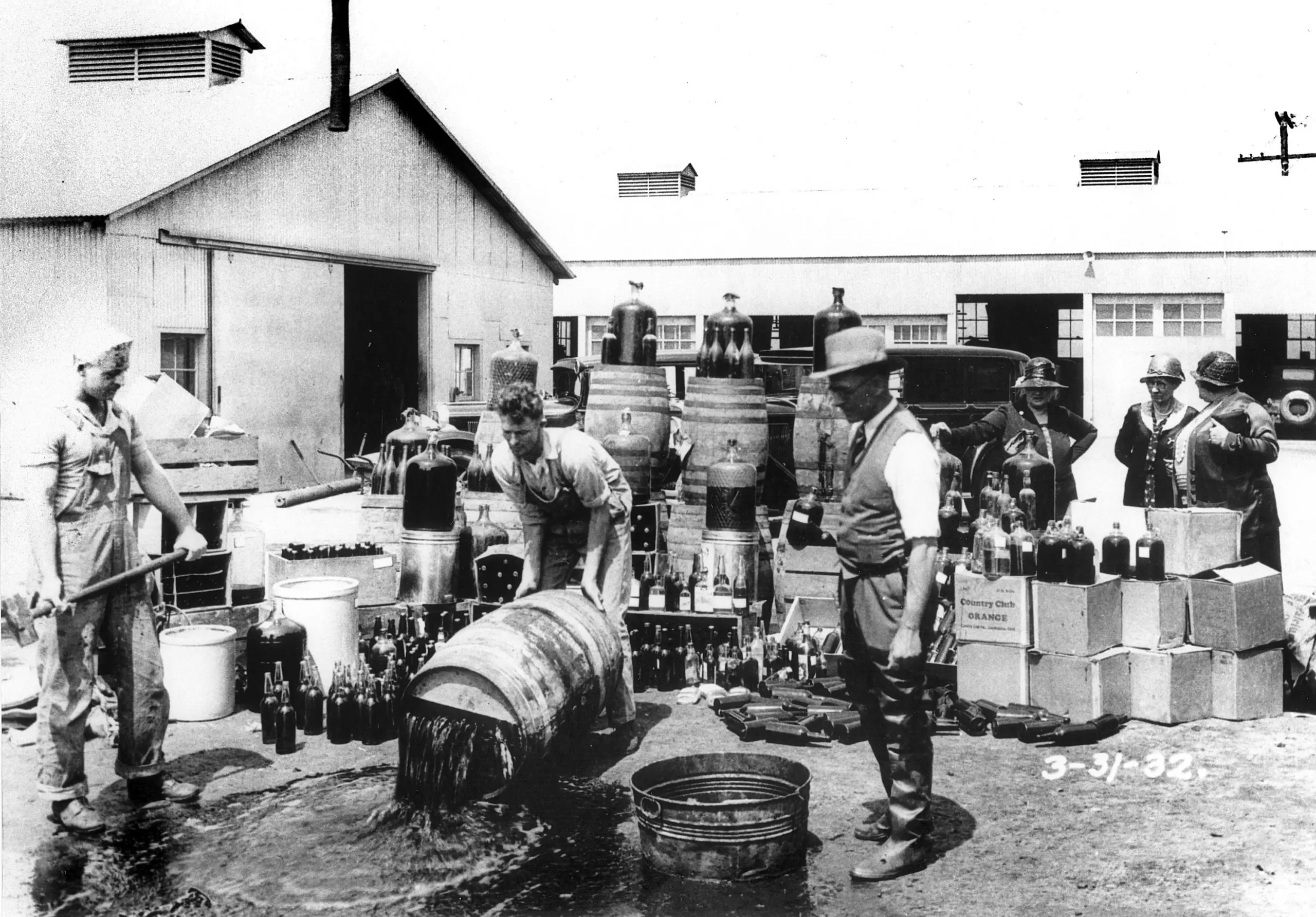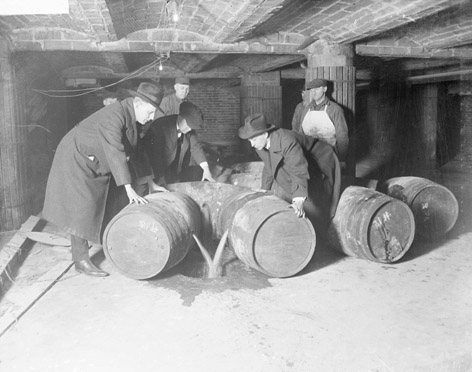How The US Government Poisoned Alcohol To Combat Illegal Drinking
Tags: opinion

The history of the United States Law Enforcement is controversial, to say the least. However, perhaps the deadliest and oddest instance happened during the 1920s to enforce Prohibition. The US Government poisoned alcohol so that illegal drinking would stop. Of course, this rash decision came at the cost of thousands of lives and several thousand more suffering all manners of injuries.
US Government Poisoned Alcohol Meant For The Industries
The US government poisoned alcohol stocks that they knew might reach the public. The act had started during the days leading up to the 1920 Holiday Season. President Calvin Coolidge’s administration went to considerable lengths to enforce Prohibition.
After the government banned alcohol sales, organized crime started smuggling it from outside the US. Then, bootleggers would spread it across the country. But a primary domestic booze source remained unchecked: industrial alcohol. Bootleggers would often divert the material and make crude alcohol. This was the target of the US Treasury Department, the enforcers of the Prohibition. This department of the US government poisoned alcohol meant for industrial usage using methanol and other dangerous substances. Some estimates claim that more than 10,000 people lost their lives as a result. Several more suffered from blindness and other debilitating injuries.

But how did the US Government poison alcohol? They could not stop the manufacture of industrial alcohol. So they made it compulsory that industrial alcohols will include a greater percentage of poisonous chemicals. And then, during that year’s Holiday Season, emergency rooms were filled with patients suffering from alcohol poisoning.
Alcohol is a very common ingredient in our daily lives. Perfumes, disinfectants, nail polish, and more products include it. In 1906, the Government made it mandatory for grain alcohol to be mixed with chemicals, so that it cannot be ingested. The final product is called “wood spirits” or “denatured alcohol”. This had been going on since well before Prohibition.
Read: This Distillery Uses A Byproduct Of The Alcohol They Bottle To Make Hand Sanitizers
The manufacturing industry had little reason to oppose the mandate. Complying with the mandate meant that the stocks of denatured alcohol would be exempt from liquor taxes. The process of “renaturing” was considered to be too time and labor-intensive until, of course, the Prohibition was issued.
A Misguided Attempt To Solve A Serious Problem
The Treasury Department estimated that about 60Mn gallons of industrial alcohol were stolen every year by the middle of the 1920s. So in 1926, the US Government decided to add a new chemical cocktail that included gasoline, kerosene, iodine, zinc, chloroform, camphor, nicotine, formaldehyde, quinine, and acetone. The most deadly of them was methanol or methyl alcohol.
When the US Government poisoned alcohol, the poor were impacted the most. The rich could buy the smuggled, exotic, foreign, and real liquor. But those who were not as fortunate depended on the “renatured” industrial alcohol.
Edwards I. Edwards, a Senator from New Jersey at the time described the decision as “legalized murder”. Charles Norris, the medical examiner of New York City said the wood alcohol was not poisoned alcohol. Rather, it was poison. On the other hand, the defenders of the decision said that the Government was not obligated to provide drinkable alcohol to the people when it is prohibited in the Constitution. They considered the act of drinking industrial alcohol as intentionally committing suicide since the adverse effects were already well-known.
HELP US TO CREATE MORE AWARENESS ABOUT SIMILAR ISSUES, DONATE
Image credits: 123Rf
Orange County Archives, CC BY 2.0, via Wikimedia Commons
Leave Comment: